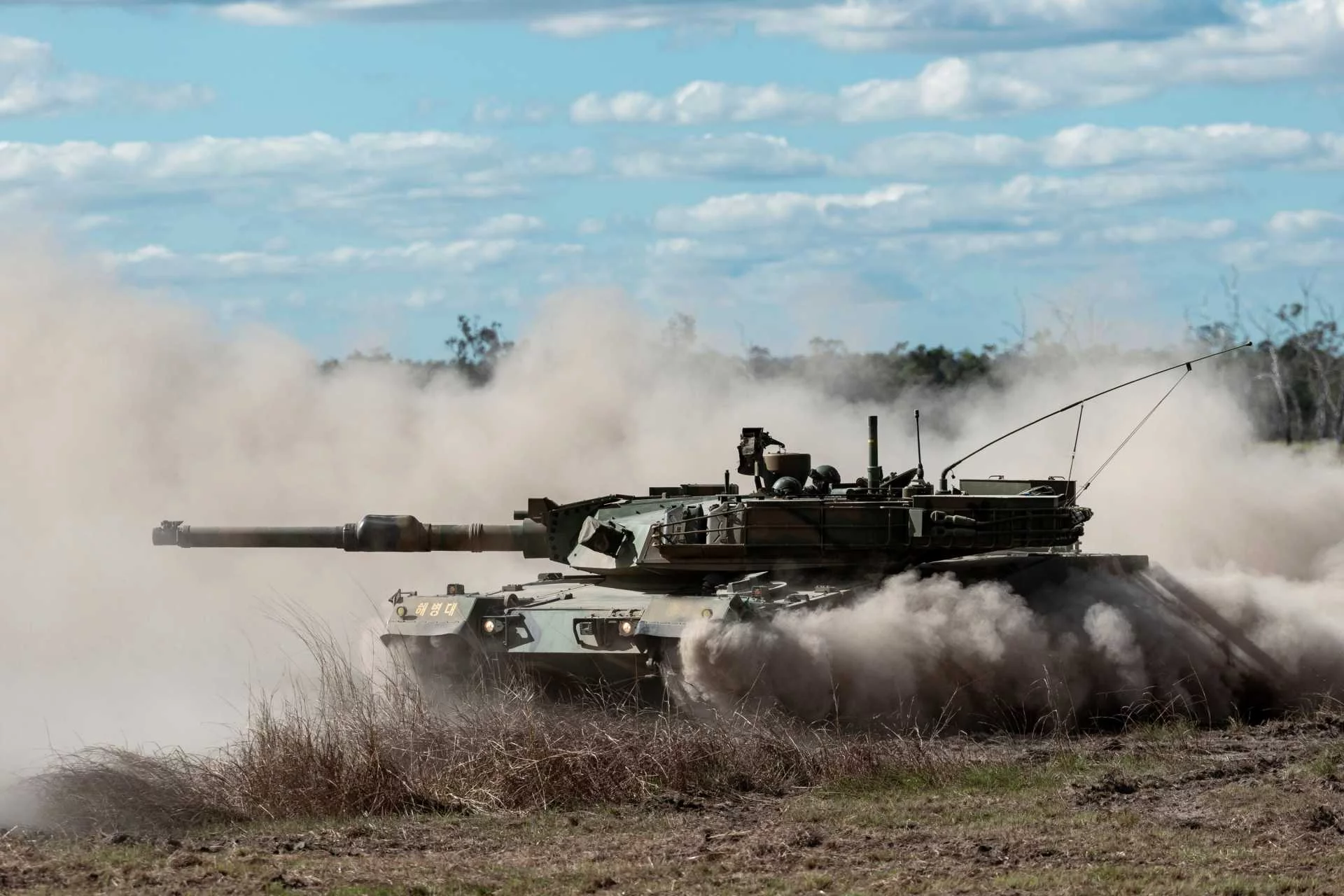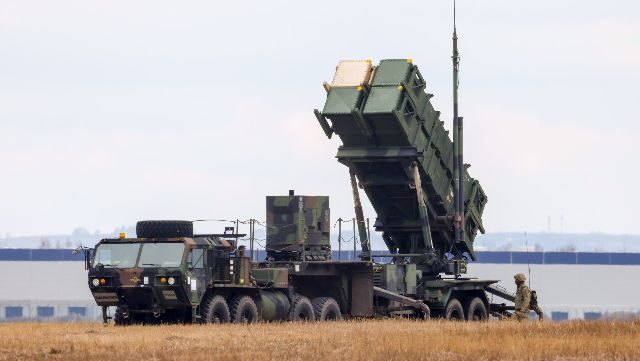On July 15, 2025, Gregory Knowles reported that the Republic of Korea Marine Corps deployed its K1A2 main battle tank in Australia for the first time during Exercise Talisman Sabre 2025. The tank took part in a live firepower demonstration at Shoalwater Bay Training Area (SWBTA), showcasing its capabilities on foreign soil. Talisman Sabre 2025, the eleventh edition of the exercise, is being held from July 13 to August 4 across multiple regions in Australia and, for the first time, offshore in Papua New Guinea. The exercise involves over 35,000 military personnel from 19 participating nations, with additional observers from three more countries.

The K1A2 is a modernized variant of the K1A1 main battle tank, developed by Hyundai Rotem and officially introduced into service in 2013. Its development was based on a joint initiative by the South Korean Joint Chiefs of Staff, the Army, and Hyundai Rotem in the mid-2000s. The objective was to upgrade the aging K1A1 fleet with digital enhancements and battlefield networking capabilities similar to those found in the K2 Black Panther. Notable upgrades in the K1A2 include advanced front and rear surveillance cameras, GPS-based navigation systems, and a real-time digital battlefield management suite. The tank also features improved commander and gunner displays, as well as a friend-or-foe identification system. While early models were rumored to include a soft-kill active protection system, this feature was ultimately omitted due to budget constraints and its limited utility against North Korean threats.
The fourth and final batch of K1A2 tanks was completed between November 2021 and September 2024. Though the exact number of upgraded tanks remains undisclosed, reports from 2022 suggested approximately 35 K1A1 units were pending conversion at that time. The Republic of Korea Marine Corps has received at least four of these tanks, replacing older M48A5 models. According to South Korea’s Defense Acquisition Program Administration (DAPA), the K1A2 upgrades significantly enhance combat efficiency, situational awareness, and interoperability with other modern platforms like the K2 and K21.
South Korea’s journey with the K1 series began in the late 1970s, with substantial technical input from the U.S. XM1 program—the same program that led to the M1 Abrams. Hyundai Rotem began production of the K1 in 1985, following extensive development and testing. The K1A1 followed in 1999, introducing a 120mm KM256 smoothbore gun, upgraded armor, and advanced fire control systems. In 2013, the K1A2 entered service with a focus on digital integration and command efficiency. By 2022, around 480 K1 tanks had been brought to the K1A2 standard, with remaining upgrades targeted for completion by 2026. These modernizations aim to maintain the K1 series’ relevance alongside the K2 Black Panther, which is gradually replacing older platforms like the M48.
The K1A2 weighs 54.5 tons and is equipped with composite armor for enhanced protection. It is powered by a 1,200 horsepower MTU 871 diesel engine and features a Renk automatic transmission with four forward and two reverse gears. The tank can reach speeds of up to 65 km/h and has an operational range of 457 kilometers. It is capable of overcoming vertical obstacles up to one meter, crossing trenches up to 2.74 meters wide, and fording water bodies up to 1.2 meters deep without a snorkel, or up to 2.2 meters with one. Its main armament is a 120mm gun capable of firing up to ten rounds per minute, compatible with advanced munitions like the Korean Smart Top-Attack Munition. Secondary weapons include a coaxial 7.62mm machine gun, a loader-operated 7.62mm gun, and a .50 caliber machine gun for the commander. The tank also includes an NBC protection system and optional smoke grenade launchers.
Exercise Talisman Sabre, initiated in 2005, has evolved into a comprehensive biennial multinational training exercise originally led by the United States and Australia. Initially focused on bilateral training and amphibious operations, it now includes joint operations across land, sea, air, cyber, and space domains. The objective is to improve interoperability among allies and enhance operational coordination in complex environments. Over the years, participation has grown both in numbers and operational complexity, incorporating integrated logistics, long-range fires, and advanced intelligence sharing. The exercise also draws interest from global observers, notably the Chinese Navy, which has previously deployed surveillance ships to monitor the activities.
Talisman Sabre 2025 is the largest iteration to date, hosting forces from Australia, the United States, South Korea, Japan, the United Kingdom, France, Germany, Canada, Indonesia, India, the Philippines, Singapore, Thailand, Norway, New Zealand, Fiji, Tonga, the Netherlands, and Papua New Guinea. Observer nations include Malaysia, Vietnam, and Brunei. Activities span across Queensland, Western Australia, New South Wales, the Northern Territory, and offshore locations in Papua New Guinea. Key exercises include combined arms live-fire drills, amphibious landings, maritime interdiction, air defense integration, cyber and space operations, and multinational command post training. Major military assets participating include the USS America amphibious group, the UK’s HMS Prince of Wales carrier strike group, Norwegian F-35 fighters, C-130J aircraft, Australian UH-60M Black Hawks, HIMARS rocket systems, and NASAMS air defense platforms.




bilal ashtaf